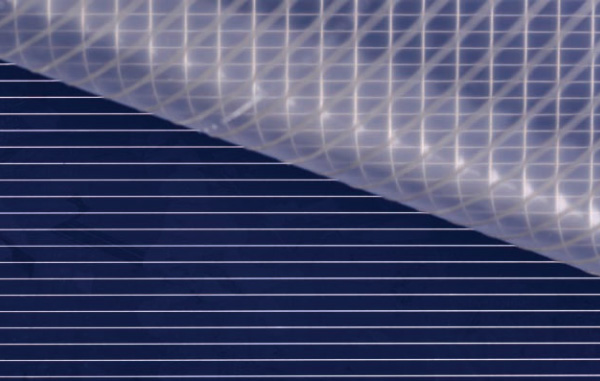Heterojunction cells combined with the SmartWire Connection Technology have achieved module active area efficiencies of more than 20%. This results in combination with new module-designs (e.g. Glass/Glass modules) in essential lower energy costs ($/kWh).

High-performance combination
Outstanding temperature coefficient
- At operating cell temperature of 60°C, the increase in efficiency is 8%.
- This is attributable to the outstanding temperature coefficient (TCMPP) of -0.20%/°C of the HJT cell com- pared to -0.43%/°C of a 3-busbar standard cell.
No LID and PID effects
- LID (light induced degradation) is caused by boron/oxygen complexes, which are only pos- sible with B-doped p-type silicon. HJT techno- logy, based on n-type silicon, is immune to this effect which can result in efficiency losses of 3%.
- PID (potential induced degradation) is induced by ions migrating from the glass to the cell surface. There, the ions with their electrical field interfere with the emitter. HJT cells have an extremely conductive ITO coating on both sides which electrically protects the cell like
- a Faraday cage. This eliminates the efficiency loss of 2% which would otherwise be incurred.
Lower BOS costs
- The BOS (balance of system) costs account for around 50% of the cost of PV installations. Thanks to the significantly higher module efficiency of more than 20% with HJT SWCT modules compared to 18% with 3-busbar standard cell modules, the result is a typical BOS advantage of 11%.

